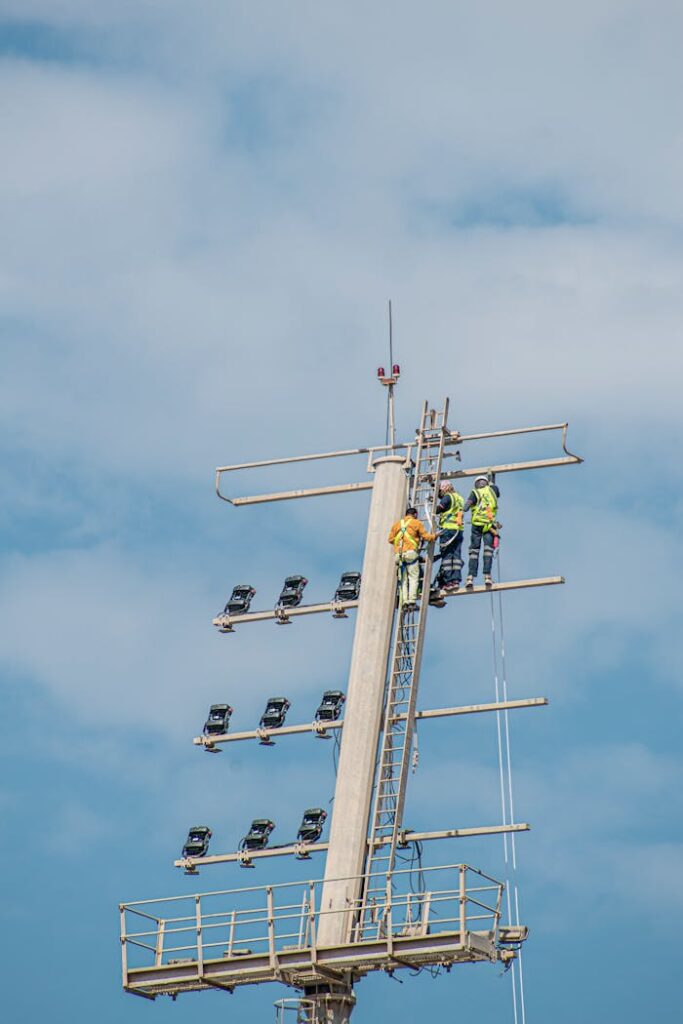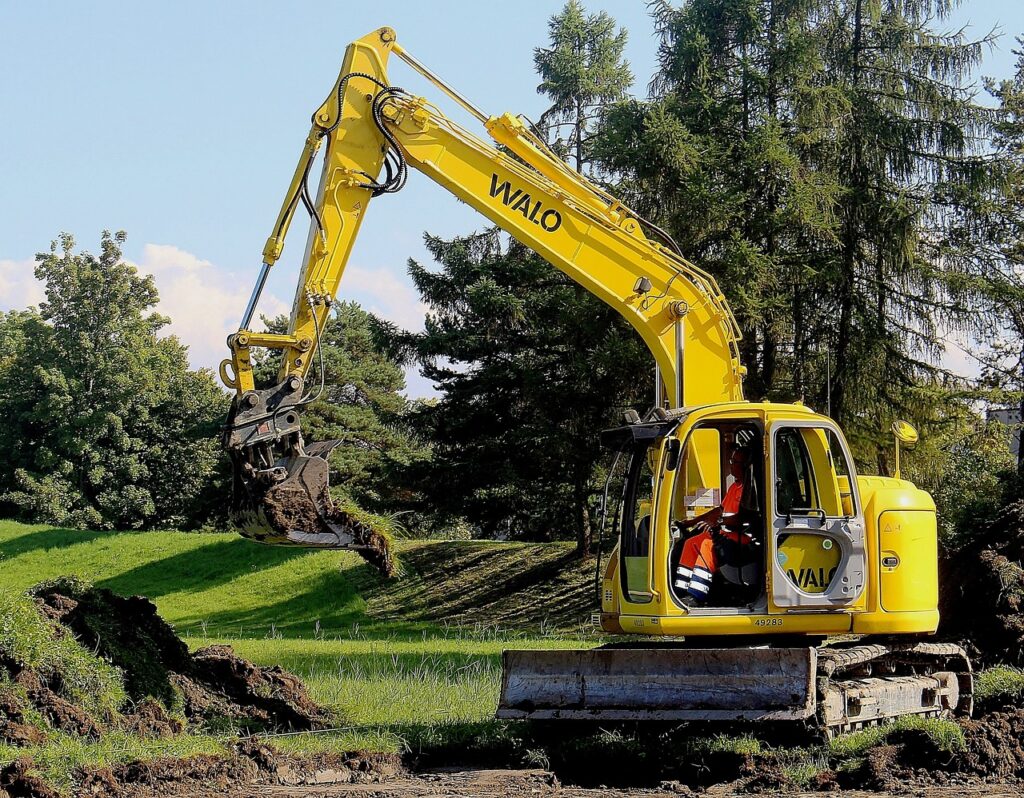Working at Height Risk Assessment

Working at height involves any work where a person could potentially fall and injure themselves. This includes work on ladders, scaffolding, roofs, or any elevated areas. A risk assessment for working at height can help identify and control risks to prevent accidents. Here are the five steps of risk assessment with examples relevant to site working:
Step 1: Identify the Hazards
Identify potential hazards associated with working at height.
Examples:
Unstable or slippery surfaces.
Inadequate edge protection.
Falling objects.
Poor weather conditions (e.g., strong winds).
Unsafe access and egress.
Step 2: Decide Who Might Be Harmed and How

Determine who might be at risk from the identified hazards and how they might be harmed.
Examples:
Workers: Can fall from heights, leading to injuries or fatalities.
Visitors: Could be hit by falling objects or debris.
Passers-by: Risk of injury from falling tools or materials.
Step 3: Evaluate the Risks and Decide on Precautions
Assess the severity and likelihood of risks and decide on control measures to reduce or eliminate them.
Examples:
Use guardrails: Install edge protection such as guardrails to prevent falls.
Safety harnesses: Ensure workers use fall arrest systems like safety harnesses and lanyards.
Scaffold safety: Use properly erected and inspected scaffolding.
Secure tools: Use tool lanyards to prevent tools from falling.
Weather monitoring: Monitor weather conditions and stop work in adverse conditions.
Step 4: Record Your Findings and Implement Them

Document the hazards, risks, and control measures. Ensure that the risk assessment is communicated but to all relevant parties and that measures are implemented.
Example Entry:
Hazard: Working on an unfinished roof.
Risk: Fall from height.
Control Measures: Install temporary guardrails, use fall arrest systems, ensure proper ladder access, and train workers on safe practices.
Step 5: Review the Assessment and Update if Necessary
Regularly review and update the risk assessment to ensure it remains relevant and effective. Make updates when there are changes in the work environment, processes, or when new hazards are identified.
Examples:
Regular inspections: Conduct regular site inspections to ensure control measures are effective.
Update for new tasks: If new tasks involving working at height are introduced, update the risk assessment accordingly.
Incident reviews: After any incident or near-miss, review and update the risk assessment to prevent recurrence.
Example Risk Assessment for Working at Height

Identify the Hazards:
Unstable scaffolding: Scaffolding may collapse or shift.
Ladder slips: Ladders might slip or fall but if not properly secured.
Roof work: Risk of falling but from unguarded edges.
Decide Who Might Be Harmed and How:
Workers: Risk of falling but from scaffolding or ladders.
Site Visitors: Potentially harmed but by falling debris.
Public: Passers-by could be injured but by falling objects.
Evaluate the Risks and Decide on Precautions:
Scaffolding: Use professionally erected scaffolding but with guardrails and toe boards.
Ladders: Secure ladders and use stabilizers. Train workers on ladder safety.
Roof edges: Install temporary guardrails or safety nets. Use personal fall arrest systems.
Record Your Findings and Implement Them:
Scaffold Use: Scaffold erected and inspected by a competent person. Guardrails installed.
Ladder Safety: Ladders secured and inspected before use. Workers trained in safe use.
Roof Work: Temporary guardrails installed. Workers equipped with harnesses and lanyards.
Review the Assessment and Update if Necessary:
Regular Site Inspections: Conduct weekly inspections of scaffolding and access equipment.
Incident Review: After a near-miss involving a ladder, but review and update ladder safety procedures.
New Projects: Update risk assessment when starting new roofing projects.
By following these steps and regularly updating the risk assessment, you can significantly reduce the risks associated with working at height and ensure a safer work environment.


